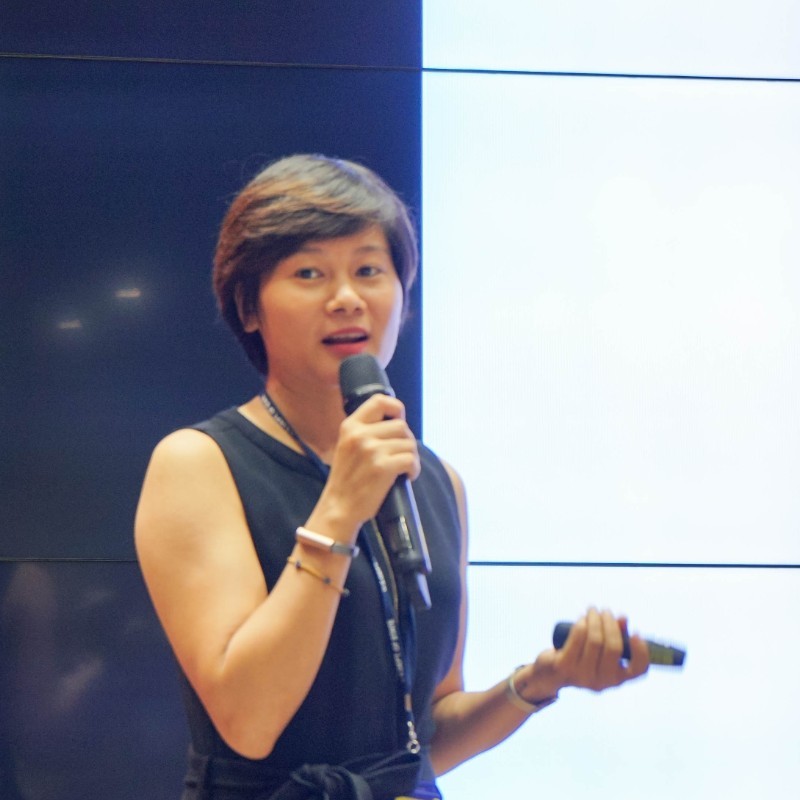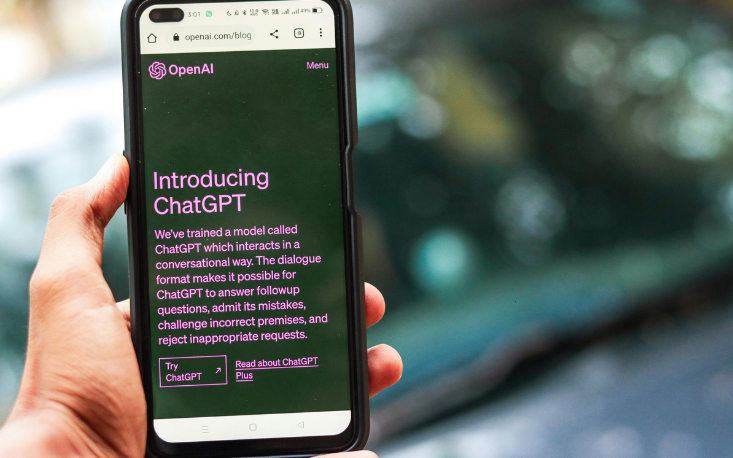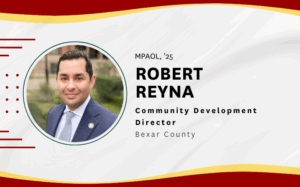The University of Southern California’s Price School of Public Policy has pioneered a transformative approach to AI in higher education that moves beyond basic automation to create genuine thought partnerships between students and AI.
Minh Trinh, an instructional designer at USC Price, works with faculty to design AI-integrated curricula across disciplines. Her work focuses on creating ethical, critical, and student-centered use of AI in higher education. She developed an AI framework including AI-powered tools that support course development, improve accessibility, and deepen learning. Trinh presented her framework during OpenAI Academy’s Global Faculty AI Project: Professors Reshaping Pedagogy. You can view her 10-minute presentation on OpenAI Academy.
USC Price’s comprehensive AI framework – including everything from an AI tutor to a rubric wizard and a brandbook to a debate strategist bot – has successfully prepared the next generation of leaders for an AI-integrated future while maintaining academic integrity and enhancing critical thinking capabilities.
The challenge with AI in higher education
While most educational institutions struggle with whether to ban or embrace AI, Trinh recognized the fundamental question isn’t about the technology; it’s about pedagogy. Students will graduate into a world where AI collaboration is essential, yet traditional education leaves them unprepared. They need critical thinking frameworks that enable them to be strategic partners with AI rather than passive consumers.

USC Price’s AI Framework
Trinh developed a three-pillar approach that transforms AI from a potential threat to academic integrity into a powerful catalyst for deeper learning:
- AI Literacy as a Foundation: Students learn to select appropriate tools, recognize limitations, craft effective prompts, and protect privacy. This ensures they become informed users rather than dependent consumers.
- Critical Evaluation as Core Competency: Students analyze AI outputs for bias, inaccuracies, and logical flaws, ensuring human interpretation creates meaning while AI provides starting points.
- Transparent and Ethical Use: Students document AI usage through reflective analysis, transforming citation into metacognition and developing ethical decision-making skills essential for future leaders.
A flexible spectrum of AI tasks allows faculty to align artificial intelligence technology with specific course goals:
- AI as Assistant: Students use AI for summaries or clarification, but must verify accuracy and identify biases.
- Student First, AI Review: Students draft original work, then use our custom Evaluation Mentor for guided feedback. After students write their own drafts, the “Evaluation Mentor” provides guiding questions and feedback to help them improve their work, ensuring students maintain full control over their content rather than the AI rewriting it.
- AI for Analysis: Students critique AI-generated plans and arguments, developing critical thinking through evaluation.
- AI as Simulator: Custom AI agents act as debate opponents or difficult clients for real-world practice scenarios.
- Al First, Student Review: Advanced model where students manage AI output, graded on instructions given and revisions made.
Spotlight on AI Tutor: What is Zotero?
Zotero is a step-by-step virtual AI tutor that guides students through complex software processes, while serving as a research management and citation tool. The Zotero virtual chatbot helps answer questions and guide students on how to use its functions. It walks students through tasks like collecting, organizing, citing references, and generating bibliographies, making the tool easier to use. For faculty and coaches, the chatbot reduces time spent on technical support so they can focus on teaching and mentoring. With Zotero being one of the most used research management tools in academia, the chatbot provides timely, practical support for both students and instructors.
Last year, USC Price’s Dr. Dora Kingsley Vertenten weighed in on the use of AI in the classroom, as part of a Generative AI and Academic Integrity webinar. Vertenten believes we should be teaching a focus on what intellectual property is and why it matters. She also emphasized the importance of learning how to cite AI and implementing that into class expectations. By helping students recognize the value of their own ideas and the legal frameworks that protect them, educators can instill a sense of ownership and responsibility for their work and ideas. As a professor in the Master of Public Administration Online program, Vertenten includes what she refers to as “Augmented Assignments,” which focus on teaching students the correct use of AI and research. This approach not only helps maintain academic integrity but also equips students with essential skills for the digital age and workforce beyond graduate school.

Master of Public Administration Online
Advance Vital Institutions
Advance your career and the institutions you serve with our exceptional MPA online.
Find Out MoreImpact of AI in Higher Education
What does access to these AI tools mean for students?
Students gain enhanced critical thinking abilities and deeper engagement with course material through the use of AI. They become informed skeptics prepared for careers requiring AI collaboration.
Faculty and staff also benefit from the use of AI by leveraging custom tools to save hours on administrative tasks, enabling focus on high-value mentoring and curriculum development. For example, a specialized AI support tool provides 24/7 technical assistance to faculty using the cloud-based learning management system (LMS), Brightspace. Additionally, the AI-powered Rubric Wizard helps faculty generate comprehensive grading rubrics. Faculty simply describe their assignment, and the AI creates a detailed rubric, saving hours of preparation time and allowing instructors to focus more on course content and student mentoring. For staff, tools like the USC Brandbook GPT maintain messaging consistency while adapting content for different audiences.
Trinh explains that the goal of AI should be about more than just time saving. It has the capability to transform how we teach and learn. Ultimately, she believes, “AI should be to make learning more, not less human.”




